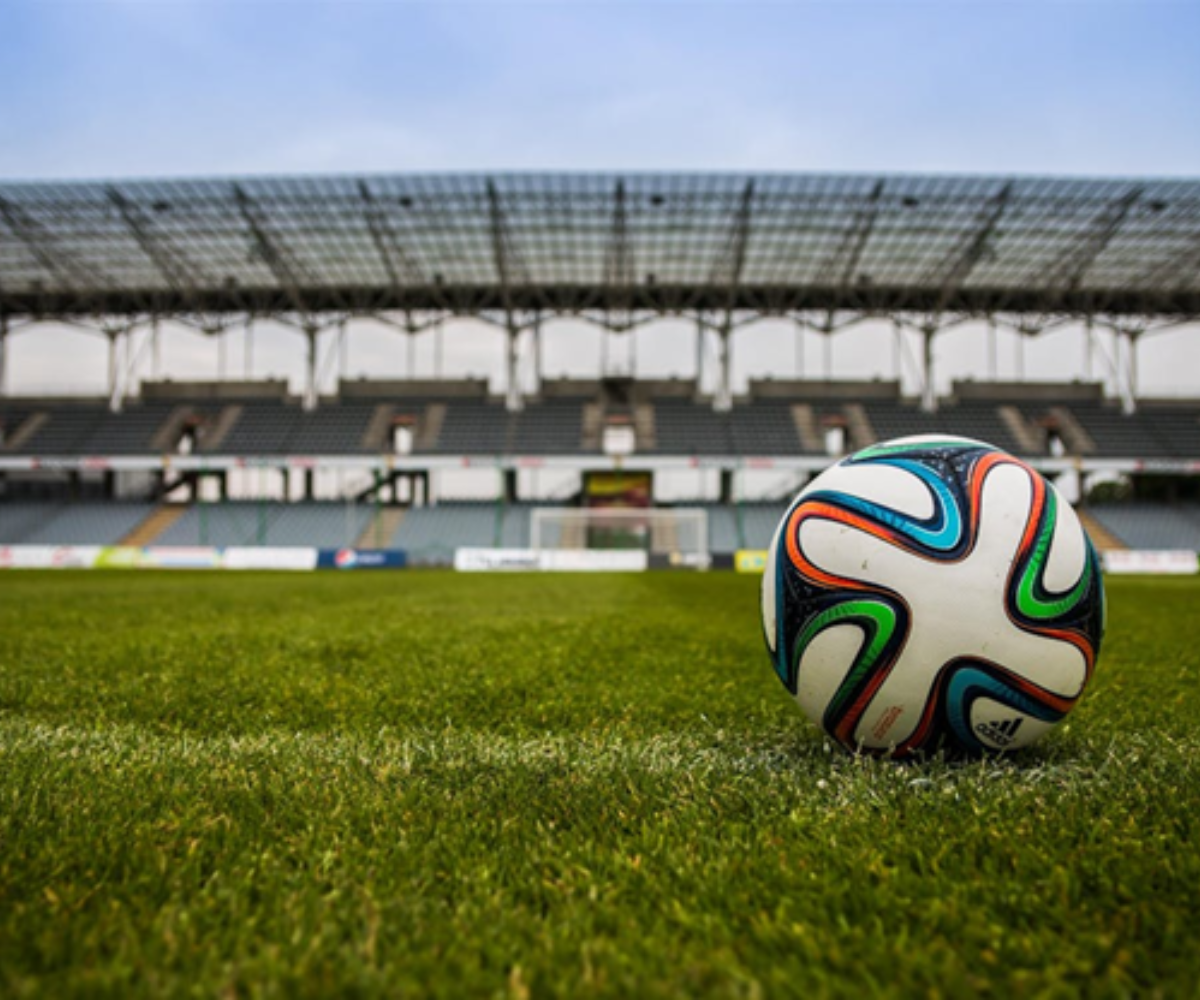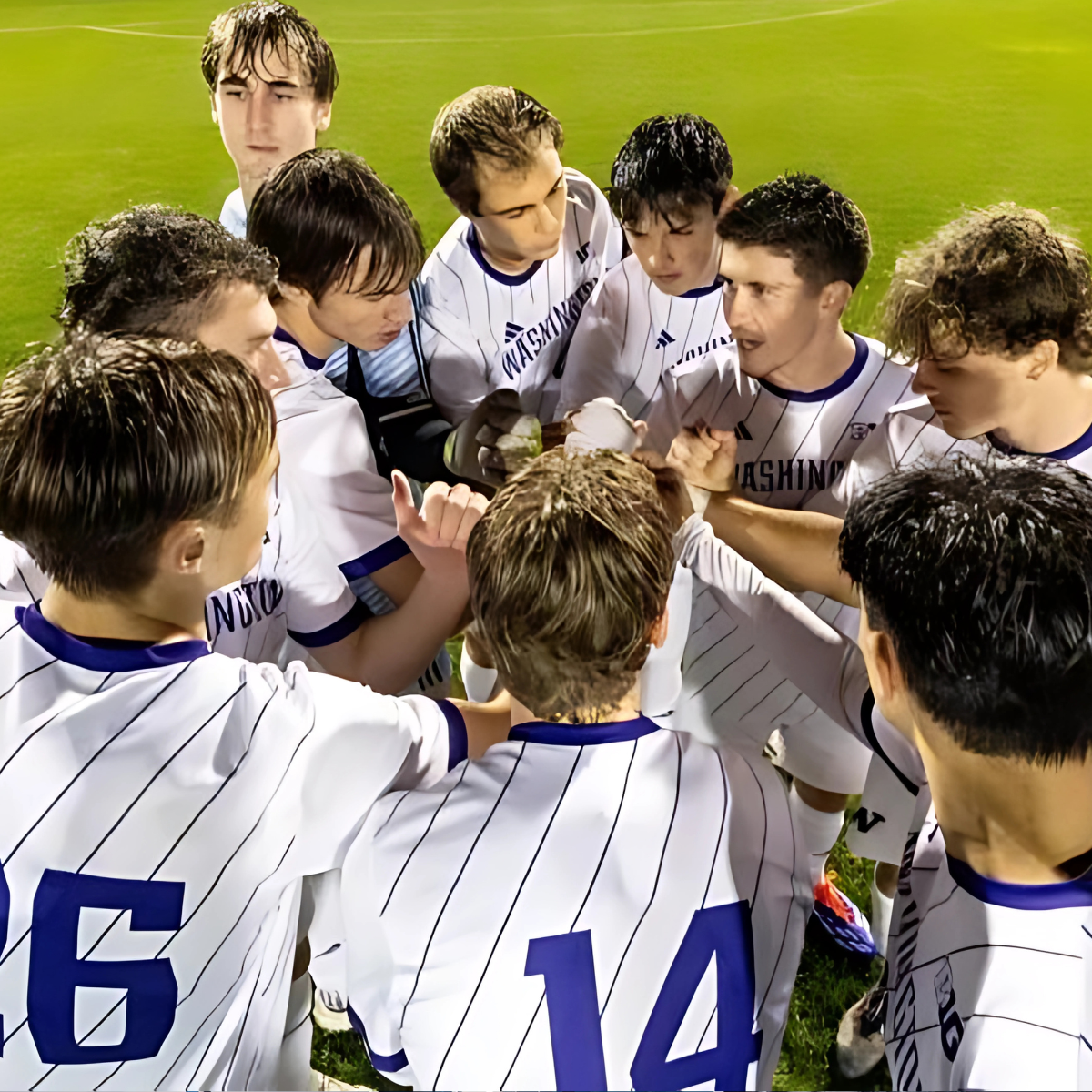Shooting is a skill that demands precision, control, and a lot of practice.
However, practicing at a live range can be costly, time-consuming, and dependent on range availability. Enter dry fire training systems—a cost-effective, safe, and convenient method to improve your shooting skills without firing a single round of live ammunition. This article explores the basics of dry fire training, its benefits, and how you can effectively incorporate it into your shooting practice.
What is Dry Fire Training?
Dry fire training involves practicing shooting techniques without live ammunition. This can be done using a real firearm that has been rendered safe, or with specialized training tools designed for dry fire practice. The core concept is to mimic the act of firing a shot, including aiming, trigger pull, and follow-through, without the associated noise, recoil, or cost of live rounds.
The Basics of Dry Fire Training
Dry fire training typically focuses on several key aspects of shooting:
1. Aiming and Sight Alignment: Proper alignment of the sights on the target is crucial. Dry fire practice helps shooters perfect their sight picture without the distraction of recoil or noise.
2. Trigger Control: One of the most critical elements of accurate shooting is smooth, consistent trigger pull. Dry fire training allows you to concentrate on the mechanics of your trigger pull, reducing the risk of developing bad habits like jerking or slapping the trigger.
3. Stance and Grip: A stable shooting stance and proper grip are foundational to shooting accuracy. Dry fire drills help reinforce these fundamentals.
4.Follow-Through: This involves maintaining proper sight alignment and trigger control after the shot is fired. Dry fire training helps build muscle memory for a consistent follow-through.
Benefits of Dry Fire Training
Dry fire training offers numerous advantages, making it an essential part of any shooter's regimen.
1. Cost-Effective: Without the need for live ammunition, dry fire training is significantly cheaper. You save on the cost of bullets, range fees, and travel expenses.
2. Convenient and Safe: You can practice at home, any time you want, without the need for a range. Plus, without live rounds, there's no risk of accidental discharge or injury.
3. Skill Reinforcement: Repetition is key to developing muscle memory. Dry fire training allows you to practice the same drills repeatedly, reinforcing good habits.
4. Immediate Feedback: Many dry fire training systems provide instant feedback, helping you identify and correct mistakes in real-time.
Types of Dry Fire Training Systems
There are several tools and technologies available for dry fire training, catering to different needs and budgets.
1. Laser Training Systems: These systems use a laser device inserted into the barrel of your firearm. When you pull the trigger, the laser projects a dot onto the target, showing you exactly where your shot would have hit. Some advanced systems connect to apps or software that track your performance and provide detailed feedback.
2. Snap Caps and Dummy Rounds: These are inert rounds that can be loaded into your firearm. They allow you to practice loading, unloading, and trigger control without the risk of firing a live round.
3. Dry Fire Targets and Apps: Specialized targets and mobile apps can simulate different shooting scenarios. These can range from basic bullseye targets to more complex situational drills.
4. SIRT Pistols: Shot Indicating Resetting Trigger (SIRT) pistols are training devices that mimic the weight and feel of a real firearm. They come equipped with a laser that activates when the trigger is pulled, providing immediate feedback on your aim and trigger control. For recommendations, check out dry fire training systems top picks by ProArmory to find the best tools to enhance your training routine.
How to Get Started with Dry Fire Training
Starting with dry fire training is straightforward. Here are some steps to help you begin:
1. Safety First: Always ensure your firearm is unloaded and there is no live ammunition in the training area. Double-check your gun before every practice session.
2. Choose Your Tools: Decide which dry fire training tools and systems best suit your needs and budget. Whether it’s a laser training system, snap caps, or a SIRT pistol, ensure you have the right equipment.
3. Set Up a Practice Area: Designate a safe, distraction-free area in your home for dry fire practice. Ensure you have a solid backstop to catch any accidental discharges, even though live ammunition should never be present.
4. Establish a Routine: Consistency is key to improvement. Set aside regular times for dry fire practice, just as you would for live fire training. Even short, daily sessions can yield significant improvements over time.
5. Start with the Basics: Begin by focusing on fundamental skills like aiming, trigger control, and stance. Gradually incorporate more complex drills as you become comfortable.
6. Use Feedback: If you’re using a system that provides feedback, pay close attention to the data. Identify areas for improvement and adjust your practice accordingly.
Advanced Dry Fire Drills
Once you’ve mastered the basics, you can incorporate more advanced drills into your dry fire training regimen:
1. Draw and Fire: Practice drawing your firearm from its holster and firing at a target. This drill helps improve your speed and accuracy in a real-world scenario.
2. Reload Drills: Simulate magazine changes to practice smooth, efficient reloads. This is crucial for maintaining readiness during extended shooting sessions or in defensive situations.
3. Movement Drills: Incorporate movement into your practice. This can include moving to cover, shooting on the move, or transitioning between multiple targets.
4. Scenario-Based Drills: Use dry fire targets or apps to create realistic scenarios, such as home defense situations or competitive shooting stages. These drills help you apply your skills in a more dynamic context.
Conclusion
Dry fire training is an invaluable tool for shooters of all levels. It offers a safe, cost-effective, and convenient way to improve your shooting skills. By focusing on fundamentals, using the right tools, and maintaining a consistent practice routine, you can enhance your accuracy, control, and overall proficiency with your firearm. Whether you’re a beginner looking to develop good habits or an experienced shooter aiming to refine your skills, dry fire training is a practice that can benefit everyone.







%20(1200%20%C3%97%20232%20px)%20(9).png)









.png)

